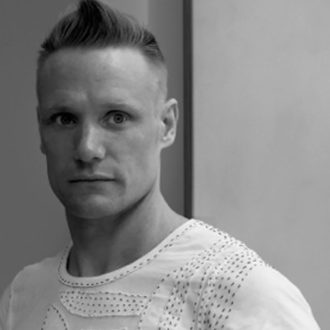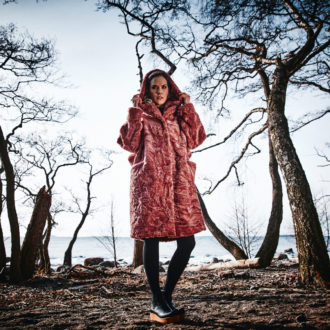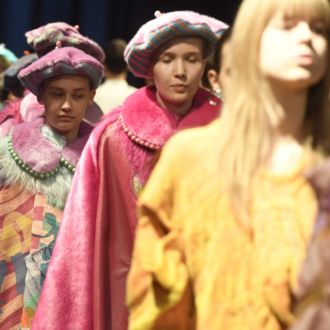Old is gold – just ask the shoppers who are rifling through racks of vintage gems at Relove in Helsinki while other customers sip coffee at nearby tables indoors or on the sidewalk.
Nothing about this hipster hangout evokes the image of an old-fashioned flea market, of which there are several flourishing examples in the Finnish capital. Then again, Relove isn’t your average thrift shop.
Offering sustainable alternatives

Some people come to boutique thrift stores for the clothes, but Relove also attracts customers with café brunches.Photo: Piritta Kaartio
“It’s a flea market, café and lifestyle store for people concerned about the ecological footprint of their consumption,” says the founder, Noora Hautakangas.
“Everyone is welcome to grab a coffee, listen to good music, and just hang out without buying anything.”
She talks about her store as an “experience,” not just a place to shop. “This place has been my dream for 15 years. I came up with the concept when I realised that second-hand needs to be treated better. Recycling must be made beautiful.”
Creative setting
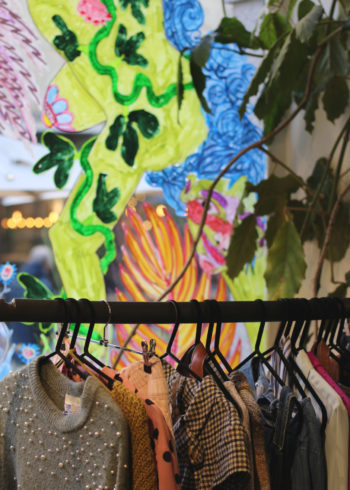
A painted window and a houseplant contribute to the atmosphere behind a Relove clothes rack.Photo: Piritta Kaartio
The beauty of the Relove concept lies not only in the clothes or the setting, but also in offering a sustainable alternative to the mountains of discarded textiles that are continuously being incinerated or dumped in landfills.
“The fashion industry is a massive carbon emitter and source of waste,” says Kirsi Niinimäki, professor of fashion research at Aalto University, just outside Helsinki.
“One of the best ways to reduce its environmental impact is to extend the use of garments. Creative second-hand stores like Relove offer a promising solution.”
Preloved luxury
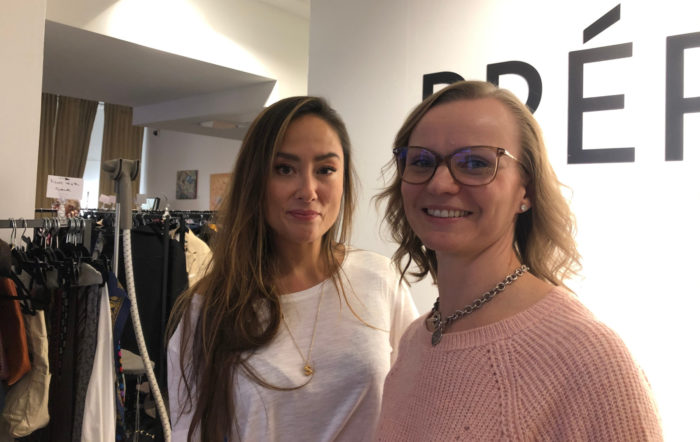
Stina Kurikka (left) and Eneli Kukk are the founders of PréPorté, a second-hand store focusing on quality Nordic brands.Photo: Silja Kudel
Several blocks north of Relove is another treasure trove of preowned designer apparel, PréPorté, which looks like any other indie boutique on Fredrikinkatu, or “Freda,” as the locals call the street. The immaculately arranged racks are a far cry from the merry chaos of traditional flea markets.
“We specialise in premium Nordic brands such as Marimekko,” says Eneli Kukk, one of the store’s cofounders. “Quality is our key differentiator, so we also attract shoppers who have never bought second-hand before.”
While flea-market boutiques are trending in Helsinki, traditional thrift shops also offer a wide variety of preowned fashion. Charities such as Fida, the Finnish Red Cross, and the Salvation Army also collect used clothing, as do smaller enterprises such as Recci.
The latter closed its brick-and-mortar shop in Helsinki, citing difficulties keeping it open during the coronavirus pandemic. However, Recci still maintains a network of collection points, and is notable for accepting not only useable items, but also unresaleable clothes, shoes and even luggage. It funnels them to plants where they are shredded for reuse as insulation and filler in cars, washing machines and dishwashers, or as filler included in asphalt roads.
Trendsetters in preowned clothing
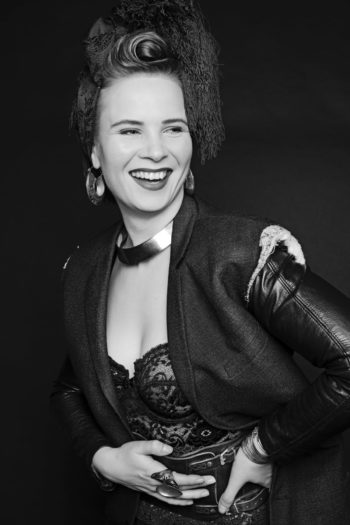
“Trashionista” Outi Pyy is a sustainability influencer whose wardrobe includes an eclectic mix of customised flea market finds.Photo: Nadi Hammouda
Circular fashion fits Finland well. Aalto University’s description of its master’s programme in fashion, clothing and textile design states, “Sustainability is the grounding for all studies.” A study by Finnish innovation fund Sitra indicates that the circular economy can increase the value of Finland’s economy by three billion euros by 2030.
Sustainability influencer Outi Pyy, whose love of vintage garments began when she was a girl, contributes her own point of view. She muses that Finland is becoming a circular fashion trendsetter because recycling comes naturally to the thrifty Finns.
“Finland has always been a second-hand nation,” says the flea market connoisseur. “We’ve been recycling clothes since the 1970s. Now we’re just doing it for different reasons.”
Pyy estimates that her wardrobe is 90 percent preowned. “Finland offers an excellent variety of second-hand,” she says. “Thrift shops carry a wide selection of affordable clothing for young consumers on a budget. For design hunters, the best place to find gems is online. Digitisation has made it so much easier to find great vintage pieces.”
Popular Finnish online marketplaces for preowned brand apparel include Curated and Emmy, with new apps such as Zadaa and Gem offering effortless mobile platforms for vintage hunting.
New lease on life

The Ateljé, a shop in Helsinki, sells and rents carefully selected preowned clothing. Its website claims, “The carbon emissions of the textile industry could be reduced by up to 44 percent if clothing were used for twice as long.”Photo: Piritta Kaartio
Not everyone loves to shop, and some hard-core minimalists prefer not to own anything. For this growing tribe, rental services such as Vaatepuu (clothing tree), Vaaterekki (clothing rack), The Ateljé (a Nordic take on the word “atelier”) and Clozeta offer a sustainable way of fulfilling the desire for something “new.”
“Fashion leasing is popular especially among 20-to-30-somethings who prefer to rent rather than own clothing because they value space over clutter,” says Pyy.
Kirsi Niinimäki of Aalto University predicts that, with the fashion industry having received so much negative attention in recent years for its pollution impact, the rental and second-hand boom is bound to continue gaining momentum.
“Second-hand clothing is a way of moving beyond fashion’s linear ‘take, make, waste’ model of consumption,” she says. “In the future, all climate-positive ways of consuming fashion are bound to gain popularity and acceptance.”
Second-hand selection(Note: Many of the companies’ websites are in Finnish.)
|
By Silja Kudel, October 2020
